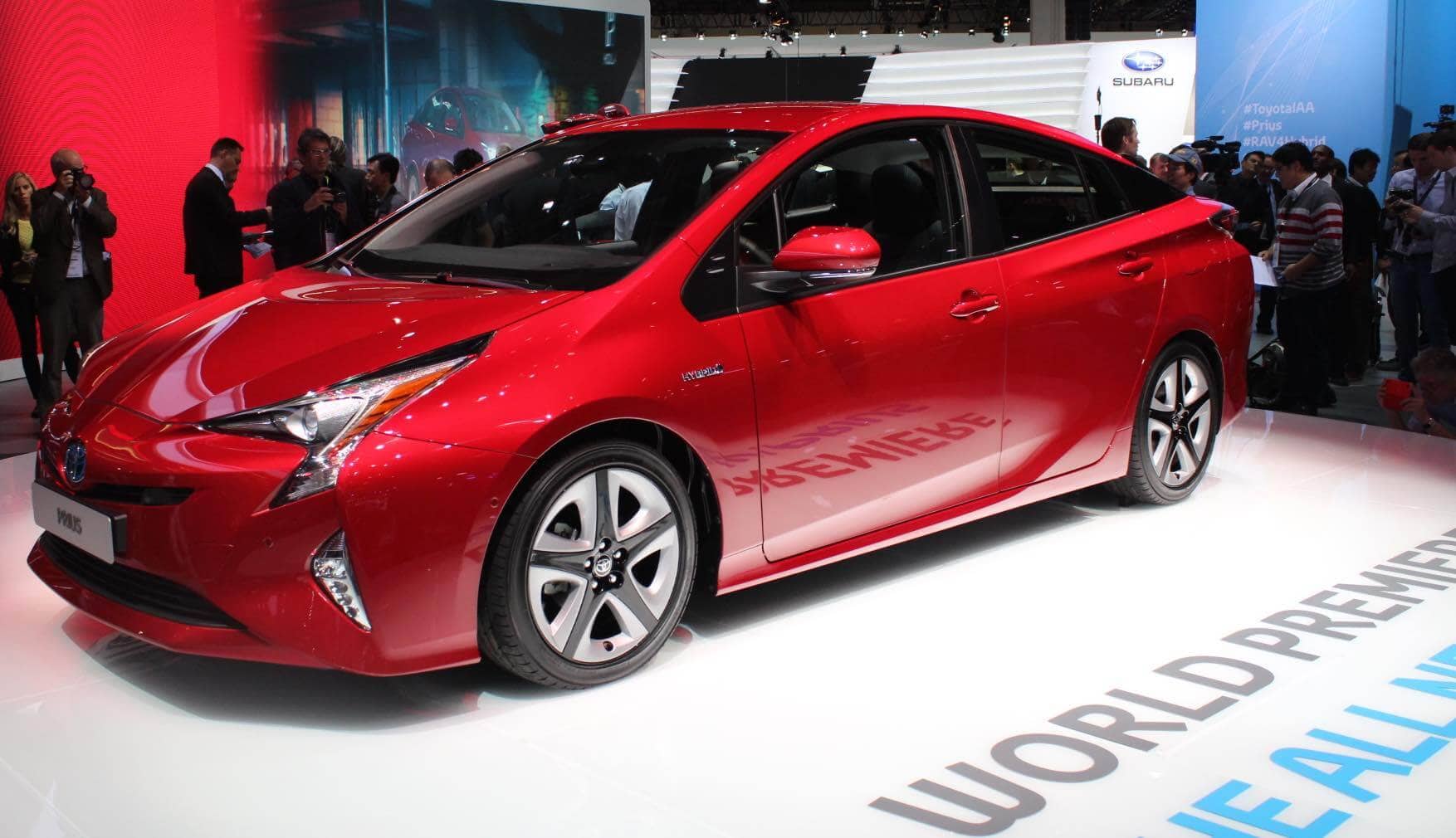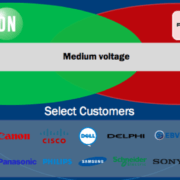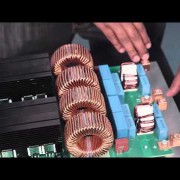New Prius has 33% smaller power converter
Toyota Motor Corp disclosed the technique used to reduce the size of the power control unit (PCU) of the new (fourth-generation) Prius.
The PCU is used to control the electric power of the hybrid system and equipped with an inverter for driving the motor, a step-down DC-DC converter, etc.
The most distinguishing feature of the PCU is that its volume (8.2L) is about 67% that of the PCU of the third-generation Prius (12.6L). The small volume was realized by making improvements to the power device and cooling structure. Because of its smaller size, it can be installed right above the transaxle. As a result, it became possible to move the “12V battery” from the luggage space to the engine room.
To reduce the volume, Toyota changed the cooling method for a card-like thin power module called “power card.” The size of the power card was reduced by cooling the card from both sides to improve cooling performance and reducing the size of the IGBT chip (compared with the third-generation Prius). In the third-generation Prius, only one side of its power card is cooled.
‘2-in-1’ product employed
The method of cooling both sides of the power card was also employed for the Lexus LS600h/LS600hL, which was released in 2007. At that time, it was a ‘1-in-1’ power card equipped with the power elements (IGBTs and diodes) of the power converter’s high or low sides.
For the fourth-generation Prius, Toyota adopted a so-called “2-in-1” package equipped with the power elements of the high and low sides to eliminate the space necessary to install the power card. The company newly developed a package of the power card for the fourth-generation Prius.
Toyota also reduced the loss of the IGBT. By reducing switching loss and steady loss, the company cut the power loss of the IGBT by about 20%, compared with the third-generation Prius. Though its withstand voltage is 1,200V, which is the same as in the case of the third-generation Prius. Its current density was improved by reducing the size of the chip. It is manufactured at Toyota’s Hirose Plant.
Number of control boards reduced to 1
To reduce the volume of the PCU, Toyota reduced the number of control boards inside the PCU from two to one by adding various functions to the driver IC of the power device. Furthermore, the company reduced the sizes of the smoothing capacitor and reactor as well as the thickness of the DC-DC converter.
Source: Nikkei Tech













This is very useful information. Thank you very much for sharing.